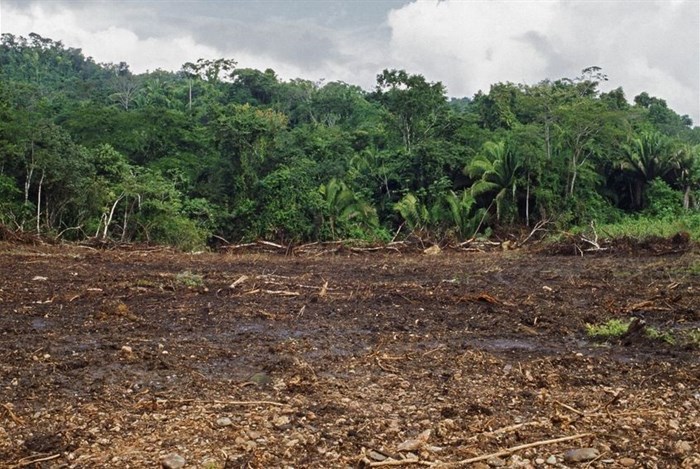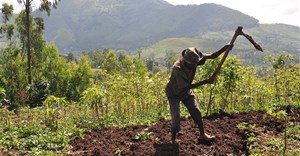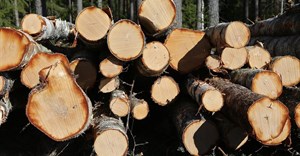FAO, UNHCR's forest management tool a guide to restoring deforestation in displaced communities

More than four out of five forcibly displaced people worldwide use wood fuel for cooking and heating. This is the main driver of forest degradation and deforestation in these areas.
"As protracted crises increase, we have seen much degraded, treeless land in displacement settings. FAO and UNHCR have developed the long-term solutions required to create lasting, renewable sources of energy, food and income. We just need to implement them at scale," said Shukri Ahmed, FAO deputy strategic programme leader, resilience. "A ‘business as usual' approach will only continue fueling conflicts, as communities compete for scarce resources, and deprive future generations of vital natural resources."
"Responsible environmental management is integral to today's approaches to dealing with large-scale displacement and managing its consequences," noted Andrea Dekrout, UNHCR senior environment coordinator, division of programme support and management.
In Uganda's Bidibidi settlement, for example, one of the world's largest refugee-hosting areas, UNHCR and FAO estimated that annual wood fuel consumption amounted to over 300,000 tonnes in 2017. If left unmanaged, woodfuel supply in Bidibidi will only last up to three more years at this rate of consumption and come at a high cost - the full depletion of the forest.
Forest recovery and regeneration
To address challenges like this, FAO and UNHCR released the handbook Managing forests in displacement settings, which could be useful to all actors involved in forest management and plantation projects working to meet the needs of displaced and host communities.
"The handbook gives practical guidance on how to accelerate and support forest recovery and regeneration, protect forests, and plant trees to rehabilitate degraded land and support energy needs. It includes a list of actions - from growing trees to identifying, preparing and caring for nursery sites," said Arturo Gianvenuti, FAO forestry and wood energy specialist, and co-author of the handbook.
When needs are urgent - such as the sudden influx of large displaced populations - the handbook recommends planting fast-growing trees, preferably indigenous, to generate an ongoing source of wood fuel, small construction items and fodder.
The handbook also recommends planting trees for energy, timber, food and fodder, to generate income opportunities for refugees and host populations, help build their resilience, and reduce the environmental impact of displacement settings.
The handbook stresses furthermore that forest management plans should also indicate who owns the right to harvest and who will benefit from the harvest of wood and non-wood products. The involvement of the local community is crucial as it helps build a sense of ownership and ensure forest interventions are well managed.















